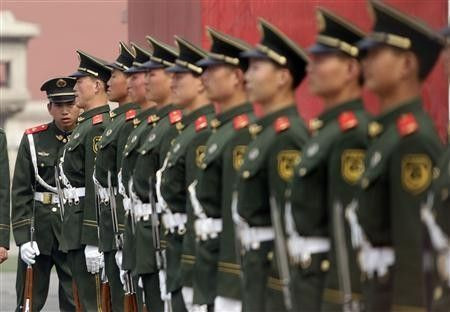China Less Dependent on Arms Imports: Report

China has become less dependent on arms imports and, at the same time, has increased the volume of its arms exports, according to a report by the Stockholm International Peace Research Institute (SIPRI).
Going by the report between 2002-2006 and 2007-11, China fell from being the largest to the fourth largest recipient of major conventional weapons while the volume of its exports increased by 95 percent. The five biggest recipients in 2007-11 were India, South Korea, Pakistan, China and Singapore.
SIPRI said that most of China's exports went to other states in Asia and Oceania (73 percent of the volume of exports), followed by the Middle East (12 percent), Africa (9 percent) and South America (6 percent).
An important aspect noted by SIPRI is that the increase in the volume of China's exports is largely a result of Pakistan importing more arms. SIPRI claims that Pakistan has a long-term military relationship with China, and during 2007-11 it received 64 percent of the volume of Chinese exports. This included 50 JF-17 combat aircraft, 3 F-22P (Zulfiquar) frigates and 203 MBT-2000 tanks.
At the same time, the report by the SIPRI indicates that China has not achieved a major breakthrough in any other significant market.
In addition, the report states that despite significant progress in its arms industry, China continues to rely on the import of engines from Russia for its combat aircraft and of other key components and designs from Russia, France, Switzerland, the UK, Ukraine and Germany.
According to the report, China is the sixth largest world exporter of weapons following the U.S., Russia, Germany, France and Great Britain.
The report points out that the volume of international transfers of major conventional weapons was 24 percent higher in the period 2007-11 than in 2002-2006.
© Copyright IBTimes 2024. All rights reserved.





















